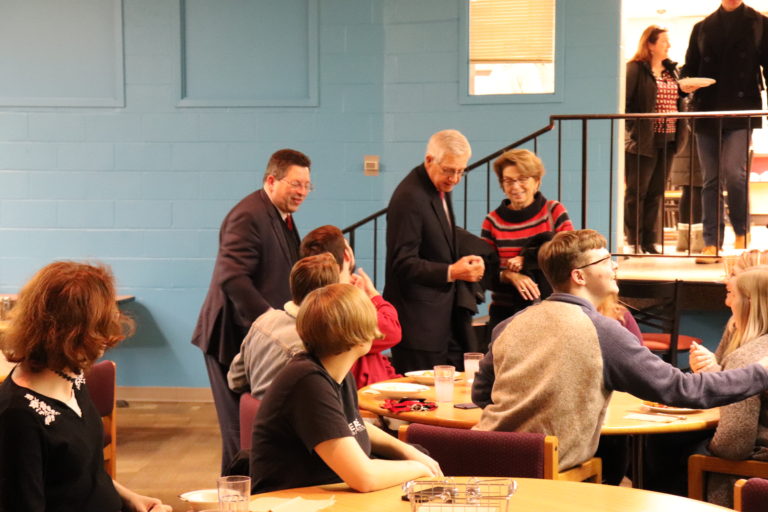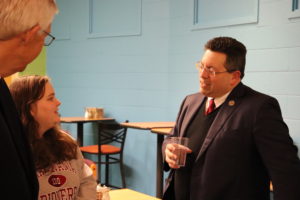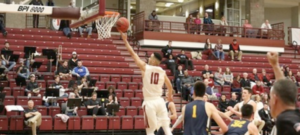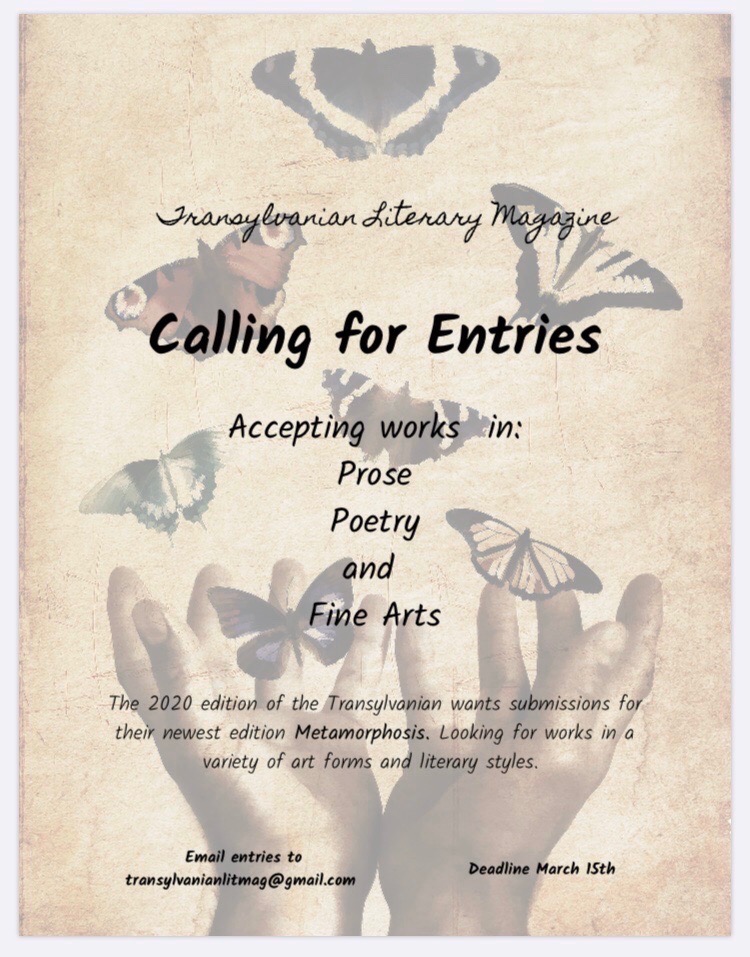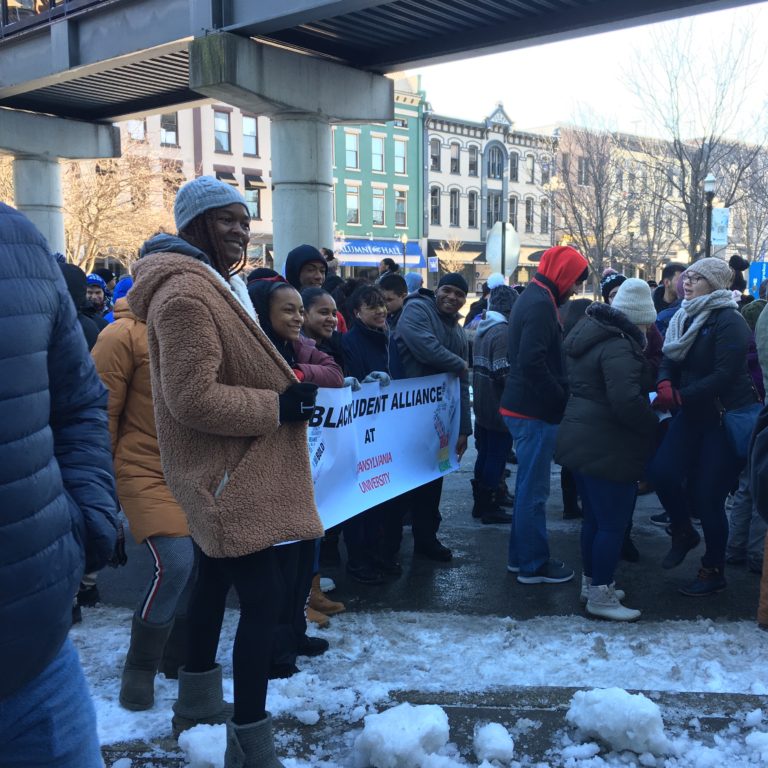The topic for this week’s Staff Picks runs on a “Would You Rather?” theme. Each staff member was given an individual “Would You Rather…” question and asked to personally respond. So, keep reading to find out what the questions were and our staff member’s responses! If you have any topic suggestions that you would like to hear from us about, please email us at rambler@transy.edu.
Taylor Mahlinger, Editor-in-Chief:
Would you rather be an amazing artist but not be able to see any of the art you created or be an amazing musician but not be able to hear any of the music you create?
“I would rather be an amazing artist and not be able to see any of the art I created because music is such a huge part of my life, especially the music that I create. It would be really difficult for me to write or play music without hearing it!”
Abby Stone, Managing Editor:
Would you rather have unlimited international first-class tickets or never have to pay for food at restaurants?
“I would rather have unlimited international first-class tickets! All the money I would save can go towards the amazing food at each place I visit. Not to mention, I have so many places on my bucket list I want to travel to.”
Allison Spivey, News Editor:
Would you rather know the history of every object you touched or be able to talk to animals?
“I would rather be able to know the history of any object I touch. I think that would be more fascinating than anything else I could imagine. There’s so much history that the world would never know, expect with this power I could!”
Aaron Bell, Sports Editor:
Would you rather live without hot water for showers/baths or live without a washing machine?
“Simple, I can live without the washing machine. The one in my dorm is a little spotty anyway, so when I come down to Lexington I bring a lot of clothes for the week. Plus, in this scenario, I could wash my clothes with the hot water from a bath.”
Grace Morrison, Arts and Entertainment Editor:
Would you rather never be stuck in traffic again or never get another cold?
“I’d rather never get stuck in traffic again. Colds are prime opportunities for days off and to binge watch Criminal Minds.”
Ainsley Marlette, Social Media Editor:
Would you rather be forced to dance every time you heard music or be forced to sing along to any song you heard?
“DANCE! Despite the awkwardness, wouldn’t it be cool to bust a move whenever a song played? I mean, think of how happy you would be just breaking out into dance. Also, I am the worst singer ever… so I would definitely be helping/saving others.”
Nyah Mattison, Graphic Design and Media Editor:
Would you rather move to a new city or town every week or never be able to leave the city or town you were born in?
“I love to meet new people and explore new places, so I would rather move to a new city every week. Every new location is bound to have interesting stories and sites to see, and with technology, I would always be connected to family and friends.”
Gabrielle Crooks, Staff Photographer:
Would you rather be locked in a room that is constantly dark for a week or a room that is constantly bright for a week?
“I would rather be locked in a room that is constantly bright for a week! I am definitely more energetic on sunny days and more lazy on cloudy or darker days. For the sake of productivity and my mood, I think a brighter room would suit me better.”
Will Hickey, Staff Contributor:
Would you rather go back to age 5 knowing what you know now or know everything that’s going to happen to you?
“The problem with this is that if I go back, I might not meet the same people that I know now and might not have the friendships I currently have. I like my life! On the other hand, knowing everything that’s going to happen to you takes the fun out of life.”
Taylore Latham, Staff Contributor:
Would you rather be able to see 10 minutes into your own future or 10 minutes into the future of anyone but yourself?
“I would rather be able to see 10 minutes into the future of anyone else because I feel like knowing what would happen to me would constantly make me really anxious, especially if it’s something bad that’s going to happen.”
Katherine Shearer, Staff Contributor:
Would you rather be fluent in all languages and never be able to travel or be able to travel anywhere for a year but never be able to learn a word of a different language?
“I would rather be able to travel anywhere for a year and never learn a language because I believe there is no better way to learn about different cultures than to experience them first hand. Travel opens you up to experiences that you didn’t know existed outside your culture and opens your mind to different viewpoints and experiences.”



